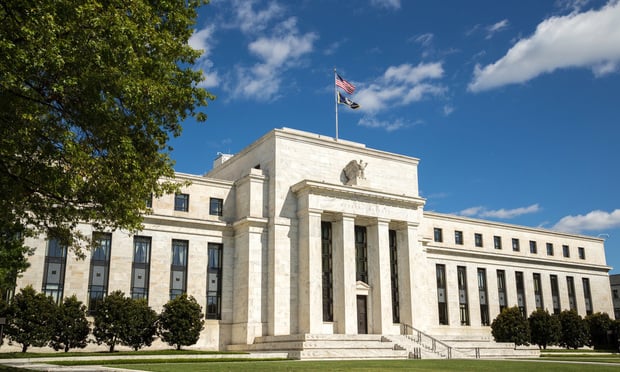NEW YORK CITY-The first two sentences of Dickens' "A Tale of Two Cities" aptly describe the real estate interest rate market. It is the best of times and the worst of times and, as the dichotomy of those two concepts demonstrates, caution should be the order of the day.
The current extremely low interest rates are bailing out the owners of many over leveraged properties, which only a few years ago looked as if they were on the road to foreclosure. Owners, who were able to hold on through the dark times of the post Lehman world, are now seeing daylight because their carrying costs are decreasing, while many investors, who bought the debt using the "loan to own" strategy, are being paid off as the properties are refinanced. Of course, many of those investors bought the debt at a discount, so they are being repaid with a huge premium. In addition, this is a relief to the Fed, the FDIC and all the regulators who expected to have to take over or merge many more financial institutions than the record number that have disappeared.
But before anyone starts singing "Happy Days are Here Again" or, considering that it was FDR's Presidential campaign anthem during the dark, but not nearly final days, of the Great Depression, perhaps the song is either a bad example or an accurate prediction coming events. The problem is that the Fed's Balance Sheet now contains $3.1 trillion of debt, which was pumped into the economy to save the banking system and, to a large extent, all the pension funds and, a great deal of overleveraged real estate--particularly in New York City. Now that the Dow is passing through 14,000 and the pension funds have been restored to health, the Fed is going to start thinking about doing something about the inflation that has been used to re-inflate our economy. This is not going to happen tomorrow, but real estate investors should be looking at the medium term- 18 to 24 months--from now and begin preparing for it.
Part of the problem is that properties are selling at extremely low cap rates and the debt on other properties is not being amortized, but is affordable now because interest rates are so low. However, if in five years, when the new debt matures, the prime interest rate has doubled or tripled, then suddenly these properties will have a negative cash flow. For those of you who have not lived through this before, large jumps in the Prime Lending Rate are not impossible: between 1972 to 1974, the Prime went from 4.5% to 11.75%, from 1976 to 1980, it went from 6.25% to 21.5%, from 1986 to 1988, it went from 7.5% to 10.5%, from 1993 to 1994 it went from 6% to 9% and from 2003 to 2005 it went from 4% to 8%. If the Fed thinks the economy is overheating lending costs can go up as fast as they went down and the Fed won't send warning signs before acting.
Nevertheless, there is no reason to panic, just prepare for it by amortizing debt; lowering operating costs; push NYC to stop treating real estate as its ATM and establish an equitable tax system based on actual value and not comparable properties; find investors; and think about converting the properties to condominiums because the sum of the parts is worth more than the whole.
Stuart Saft is a partner at Holland & Knight in New York City. He can be reached at [email protected]. The views expressed here are the authors' own.
Continue Reading for Free
Register and gain access to:
- Breaking commercial real estate news and analysis, on-site and via our newsletters and custom alerts
- Educational webcasts, white papers, and ebooks from industry thought leaders
- Critical coverage of the property casualty insurance and financial advisory markets on our other ALM sites, PropertyCasualty360 and ThinkAdvisor
Already have an account? Sign In Now
© 2024 ALM Global, LLC, All Rights Reserved. Request academic re-use from www.copyright.com. All other uses, submit a request to [email protected]. For more information visit Asset & Logo Licensing.








